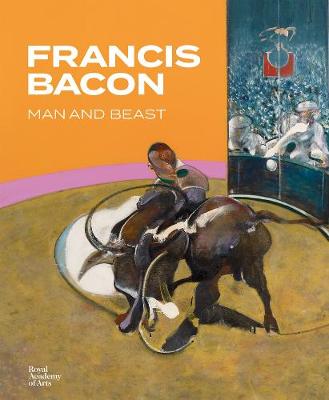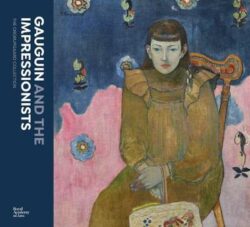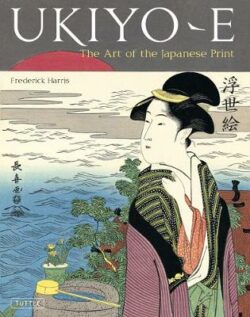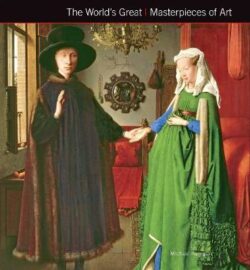Francis Bacon
$120.00
Out of stock
Alert me when product is restocked
Description
Francis Bacon is considered one of the most important painters of the 20th century. A major exhibition of his paintings at the Royal Academy of Arts in 2020 explores the role of animals in his work – not least the human animal. Having often painted dogs and horses, in 1969 Bacon first depicted bullfights. In this powerful series of works, the interaction between man and beast is dangerous and cruel, but also disturbingly intimate. Both are contorted in their anguished struggle and the erotic lurks not far away: “Bullfighting is like boxing,” Bacon once said. “A marvellous aperitif to sex.” Twenty-two years later, a lone bull was to be the subject of his final painting. In this fascinating publication – a significant addition to the literature on Bacon – expert authors discuss Bacon’s approach to animals and identify his varied sources of inspiration, which included surrealist literature and the photographs of Eadweard Muybridge. They contend that, by depicting animals in states of vulnerability, anger and unease, Bacon sought to delve into the human condition. AUTHORS: Stephen F. Eisenman is Professor of Art History at Northwestern University, Illinois, and author of The Cry of Nature: Art and the Making of Animal Rights (2013). Catherine Howe is Associate Lecturer at the Courtauld Institute of Art, London. Michael Peppiatt, who knew Bacon well, is an art historian and curator, and author of numerous books on the artist. Anna Testar is Curator at the Royal Academy of Arts. SELLING POINTS: . A major study of Francis Bacon’s paintings of animals, to accompany an exhibition at the Royal Academy of Arts, London, 22 January to 12 April 2021 . Bacon’s paintings of animals reveal much about the human condition 160 colour illustrations
Additional information
| Dimensions | 240 × 280 mm |
|---|---|
| ISBN | 9781912520558 |
| Dimensions | 240 x 280 mm |
| Book Type | Hardback |
| Author | Michael Peppiatt |
| Author Bio | |
| Number of Pages | 160 |




